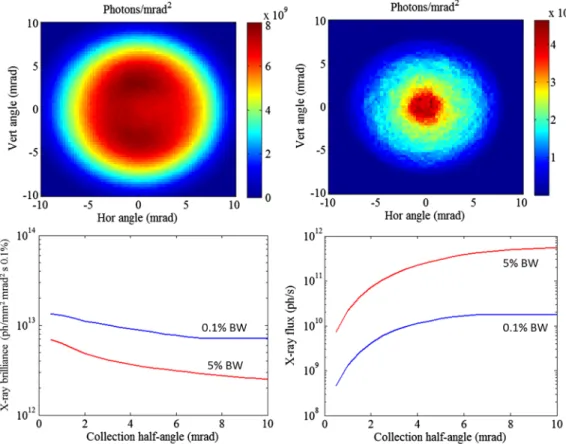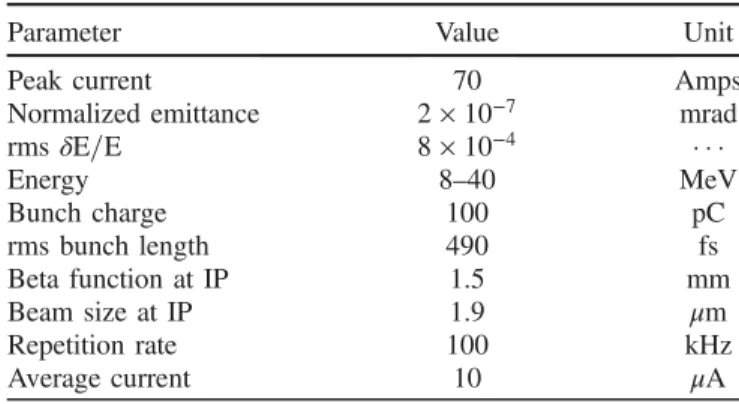Compact x-ray source based on burst-mode inverse Compton scattering at 100 kHz
Texte intégral
Figure




Documents relatifs
1 shows the difference between the experimental and calculated profile of <001> Be (2); this difference is compared to the amplitude of the correlation correction and to
The essential parameters of superconducting magnets such as the maximum field, its homogeneity and sample access will be described from a technical and constructional
This paper discusses the initial attempts at understanding the physical processes that are likely to degrade the performance of multilayer X-ray mirrors, the selection
surfaces Evaluated by an X-ray Topographical technique. E., Previously unpublished data... W., Surface correlation function analysis of high resolution scattering data
found an evolution between two different scattering profiles : a vanishing SAt phase accompanied by a developing Sc phase with SA-like polarization modu- lation, and below
- X-ray critical scattering from EEBAC (C20H21NO3) near the smectic A-nematic phase transition.. were
To compare theoretically the quantity of the two contributions, it is of course necessary to know, how large a volume and how large a surface is probed by the incoming X-ray beam,
The dotted line in Fig.1 shows the theoretical AJ(q) for Ge calculated by assuming that four valence electrons per atom behave as the free electron in the liquid state as





